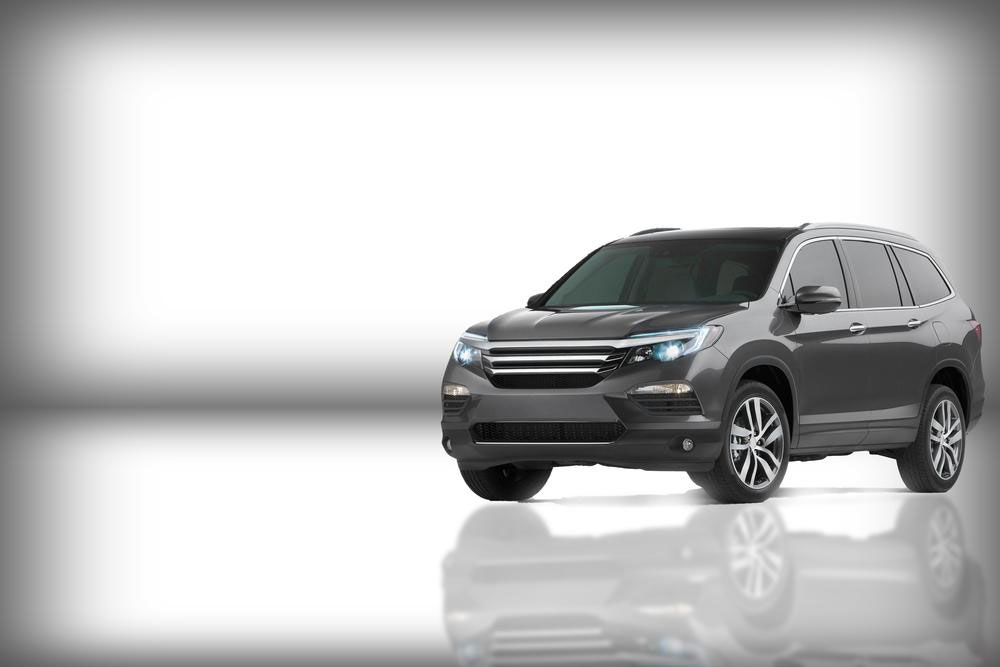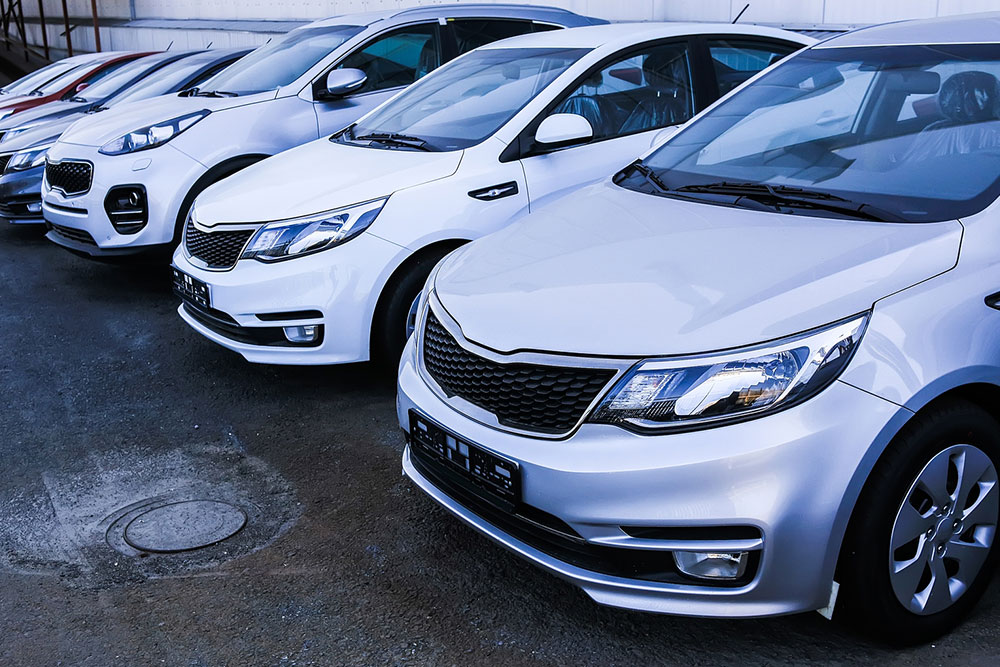Comprehensive Guide: 6 Effective Strategies to Purchase a Car Without an Upfront Down Payment
Discover how to buy a car without a sizable upfront down payment by exploring six effective strategies. From leveraging trade-ins and zero-down loans to leasing options and co-signer advantages, this guide provides comprehensive insights for budget-conscious buyers. Learn to maximize your financial options, reduce initial costs, and make auto ownership more accessible with practical tips and detailed advice tailored for every financial situation.

Six Proven Methods to Acquire a Vehicle Without Making a Large Initial Payment
Purchasing a new or used vehicle typically involves a considerable upfront expense known as the down payment, which can be a significant financial barrier for many buyers. Rising vehicle prices and economic uncertainties have made saving enough for a substantial initial payment increasingly difficult for consumers. However, for those who want to bypass or minimize this initial outlay, there are several viable options available. These strategies not only make auto ownership more accessible but also help maintain your savings and improve cash flow management.
1. Leverage Your Trade-In Vehicle to Reduce Costs
If you own a vehicle, trading it in can be a smart move to offset the purchase price of your new car. A well-valued trade-in decreases the loan amount you need to secure, which can lead to lower interest costs over the loan period. To maximize your trade-in benefits, research your vehicle’s current market value using multiple sources such as online appraisal tools, dealer quotes, and local listings. Ensure your car is in optimal condition by addressing minor repairs, cleaning, and fixing any warning lights. Clean, well-maintained vehicles tend to fetch higher trade-in values, giving you more leverage during negotiations. Remember, a higher trade-in appraisal can significantly cut down your required financing, easing your monthly payment burden.
Even if you plan to finance your vehicle, a high trade-in value can considerably reduce the loan amount needed. Prioritize thorough inspection, maintenance, and necessary repairs before heading to the dealership, as these can increase the appraisal value of your trade-in. Proper preparation can give you an edge in negotiations, potentially saving you thousands of dollars in the long run.
2. Explore Zero-Down Auto Loan Options from Lenders
Several financial institutions, including credit unions, online lenders, and some banks, offer auto loans that require no initial down payment. These zero-down financing options can be an attractive solution for buyers lacking savings for a traditional down payment. However, they often come with specific eligibility criteria, such as good credit scores, stable income, and sometimes higher interest rates. It’s crucial to compare different lenders to find the most favorable terms—considering interest rates, loan durations, and associated fees. Carefully review the terms and conditions to avoid hidden costs and ensure that the monthly payments are manageable within your budget.
3. Choose More Affordable Vehicle Options
If accumulating a down payment seems out of reach, opting for a less expensive vehicle can be a practical alternative. Budget-friendly models still provide reliable transportation, with essential features such as safety, fuel efficiency, and sufficient cargo space. These vehicles often have lower purchase prices, reducing the amount you need to finance or pay upfront. Additionally, affordable cars are more likely to qualify for no-down-payment loans or leasing options. Selecting a modest, reliable vehicle can be a smart financial move, allowing you to enter the auto market without stretching your finances too thin.
4. Consider Leasing Instead of Buying
Leasing a vehicle offers a compelling alternative to purchasing, often involving little to no upfront payment. With leasing, you essentially rent the car for a specified term, typically 2-3 years, paying monthly installments that usually cover depreciation and some associated costs like maintenance and insurance. Leasing allows you to drive a new vehicle regularly, with the option to upgrade at the end of each term. Many lease agreements feature low or zero initial payments, making them attractive for budget-conscious buyers. Additionally, lease payments are often lower than loan payments for equivalent vehicle models, making leasing an accessible way to enjoy new cars without a hefty initial cash outlay.
5. Utilize a Co-signer or Guarantor for Financing
If your credit profile isn’t strong enough to qualify for favorable loan terms or if you want to avoid a down payment, involving a trusted co-signer can be an effective solution. A co-signer agrees to take responsibility for the loan if you default, providing additional assurance to lenders. This can lead to approval for loans with little or no down payment requirements. It’s important that both parties fully understand the financial obligations involved, including the impact on credit scores and future borrowing potential. A co-signer with good credit and financial stability can help secure better interest rates and loan conditions, easing your path into vehicle ownership with minimal upfront costs.
6. Use a Credit Card for the Down Payment
In some cases, dealerships may allow the use of a credit card to cover the down payment. While this can be a quick solution in urgent situations, it’s generally not recommended due to the high-interest rates associated with credit card debt and the potential for long-term financial strain. If you choose to use a credit card for your down payment, ensure you have a clear plan to pay off the balance promptly. This approach might be suitable if immediate access to a vehicle is necessary for work, family commitments, or unforeseen circumstances. However, it’s essential to weigh the costs carefully and consider this option only when other more sustainable methods are unavailable.
In conclusion, purchasing a car without a large initial down payment is entirely achievable by exploring a variety of financing strategies. Whether utilizing trade-ins, seeking zero-down loan options, opting for affordable vehicles, leasing, involving a co-signer, or using a credit card, each method offers distinct advantages suited to different financial situations. Conduct thorough research, compare options, and consult with financial advisors or dealership experts to identify the most suitable approach. By understanding and leveraging these alternative strategies, buyers can enjoy the benefits of auto ownership without jeopardizing their financial stability. This comprehensive approach ensures that auto ownership remains within reach for more people, regardless of their current savings or credit situation.





